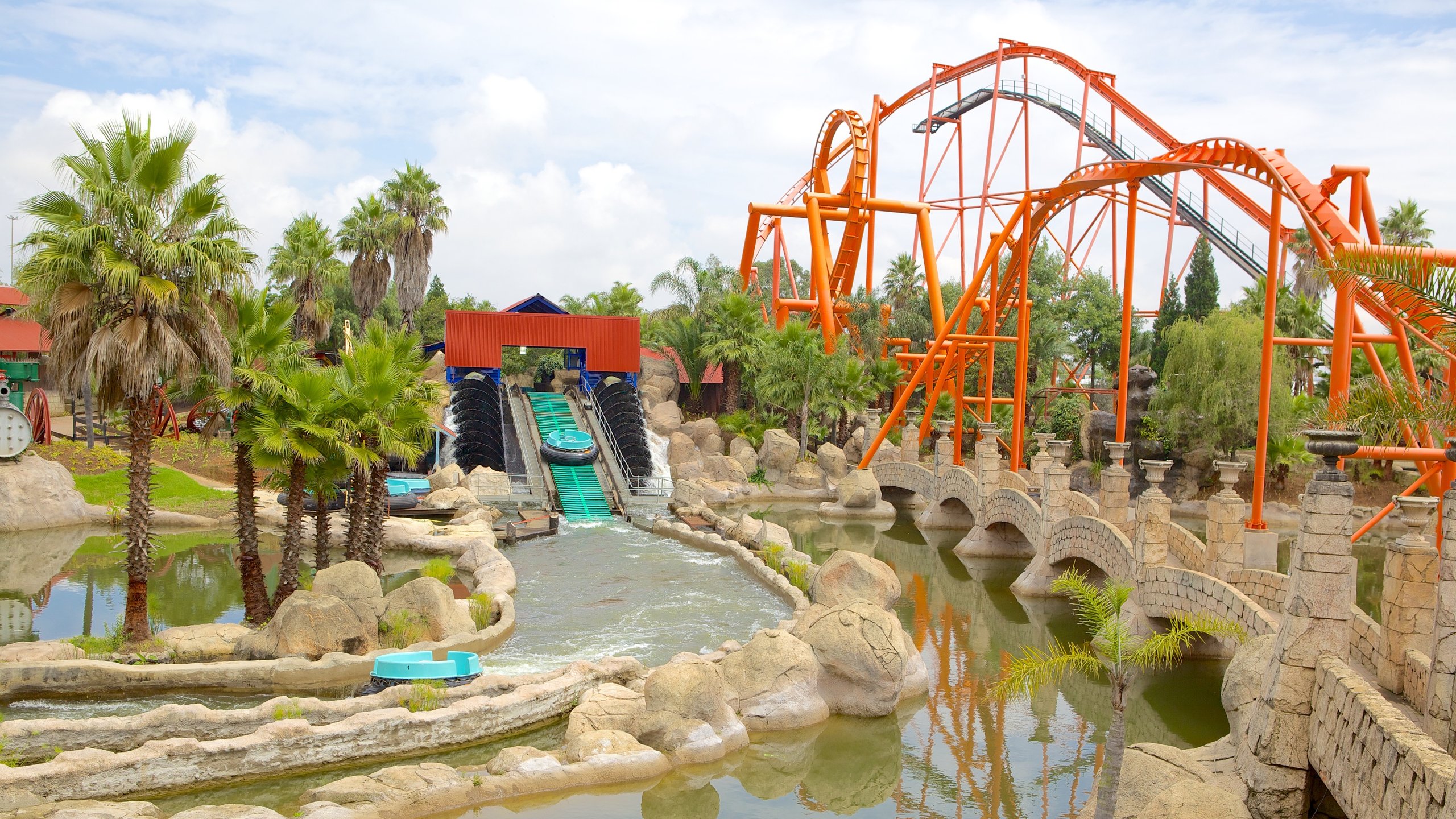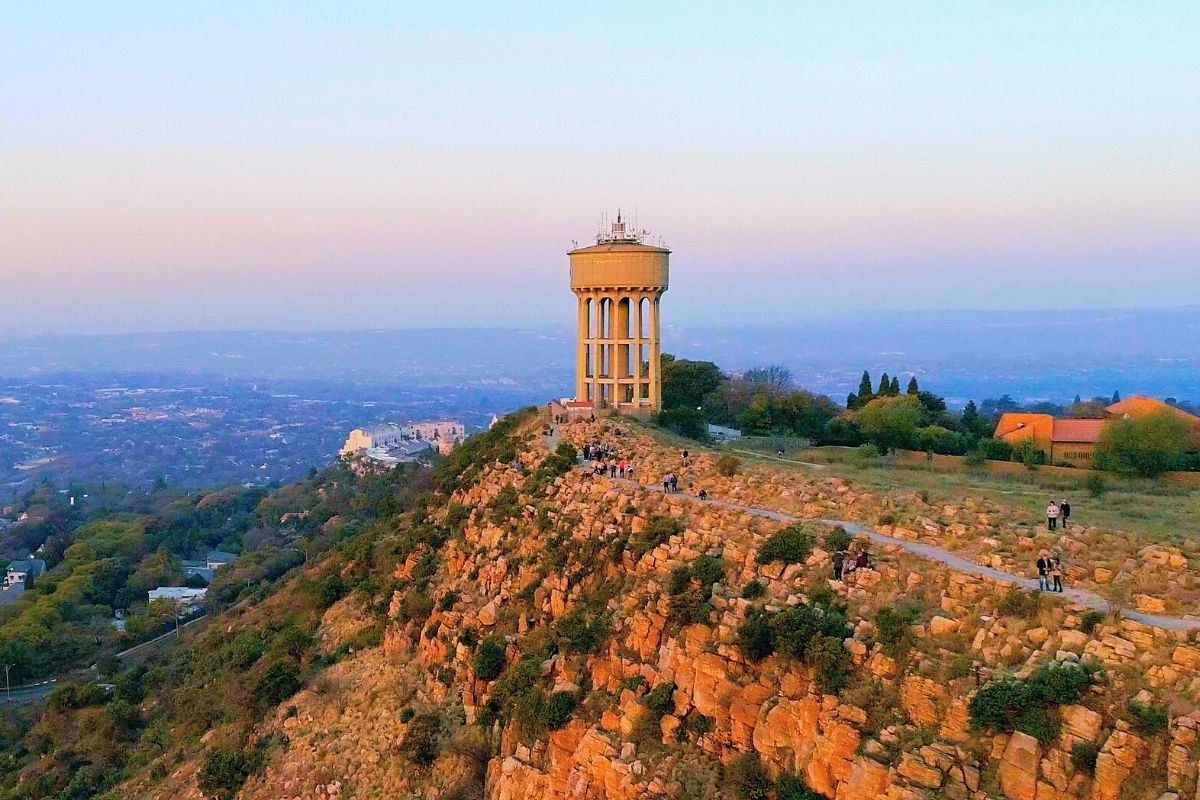What Does Johannesburg North Attractions Mean?
What Does Johannesburg North Attractions Mean?
Blog Article
How Johannesburg North Attractions can Save You Time, Stress, and Money.
Table of ContentsJohannesburg North Attractions Fundamentals Explained6 Simple Techniques For Johannesburg North AttractionsJohannesburg North Attractions Fundamentals ExplainedNot known Facts About Johannesburg North Attractions3 Easy Facts About Johannesburg North Attractions ShownExamine This Report on Johannesburg North AttractionsThe Greatest Guide To Johannesburg North Attractions
Nevertheless you must keep safety in mind and tourists have to stay sharp whatsoever times when in strange surroundings. Speak to the residents when you remain in town to discover the area you are remaining in. Johannesburg North attractions. When on the street (this does not apply to shopping center and other safe environments) finest basic advice is to attempt your best to appear like a local and to prevent showing any type of kind of wide range
Not known Details About Johannesburg North Attractions
Professor Revil Mason O. J. (Thomson, 1946) checked out the Witwatersrand's pre-colonial history. His archaeological work took off the 'em pty land' misconception, according to which the area was without human habitation before the arrival of European settlers. In his publications Prehistory of the Transvaal: A Record of Human Task (1962) and Beginnings of Black Individuals of Johannesburg and the Southern Western Central Transvaal AD 3501880 (1986 ), Teacher Mason showed the degree of social and economic development in the area prior to Europeans established foot here.

The Facts About Johannesburg North Attractions Uncovered
In 1878, David Wardrop found gold in quartz veins at Zwartkop, north of Krugersdorp. In 1881, Stephanus Minnaar came across gold on the farm Kromdraai, near the Cradle of Mankind.
In March 1886, an outcropping (soon to be called the Key Coral reef) was located, fairly luckily, on Gerhardus Oosthuizen's ranch Langlaagte. Some claim that the Lancastrian coal miner George Walker found this coral reef. An additional itinerant English prospector, George Harrison (who had previously operated in Australian mines) obtained a prospecting permit in regard of Langlaagte in Might 1886.
He determined to carry on in a pursuit for greener fields, and disposed of his Langlaagte claim for the handsome sum of 10. Alas: below lay the richest goldfield ever found. The my link discovery of this abundant auriferous coral reef prompted a gold rush that indicated the end of bucolic tranquillity in the southern Transvaal.
It would certainly, within 6 years, come to be the largest town in southerly Africa. Within a years, it would make the Z. A. R. until then an anarchical and insolvent little state the richest country in Africa. By the turn of the century, the Z. A. R. was to surpass Russia, Australia and the United States of America to end up being the world's leading gold manufacturer, generating more than a quarter of the world's gold.
The Best Guide To Johannesburg North Attractions
It was understood as Ferreira's Camp, named after Colonel Ignatius Ferreira. He was a Boer traveler upon whom the British authorities had presented the condition of Companion of the A Lot Of Identified Order of St Michael and St George (qualifying him to the post-nominal letters C. M. G.) in thankfulness for his function in the battle that had deposed the Pedi king Sekhukhune in 1879.
2 various other camps were developed: Meyer's Camp on the ranch Doornfontein, and Paarl Camp. The latter was nicknamed Afrikander Camp; lots of individuals from the Cape Colony cleared up there.

The Greatest Guide To Johannesburg North Attractions
This name acquired money by word of mouth, such that the State Secretary attested the name to the Mining Commissioner on 9 October 1886. Stands in the village were auctioned on 8 December 1886. While some stands were offered for 10, others were knocked down for just sixpence.
Two years page later, these erven were to change hands for as high as 750 each. The tented camps diminished as a dorp of corrugated iron structures established and increased north of the mines situated along the Main Coral Reef Road. Locations such as Jeppe's Community (where working-class immigrants erected their residences) and Doornfontein (where the wealthy new 'Randlords' began to build their extravagant houses) were soon included to the ever-expanding map of the community.
The Ultimate Guide To Johannesburg North Attractions
Apart from the road names, there were no signs of Johannesburg being positioned in a Dutch-speaking country., almost every person spoke English and even the Government slaves attended to one in English, unless they were initial addressed in the Taal (or Reduced Dutch)'.
Britain had an interest in ensuring optimum problems for gold manufacturing on the Witwatersrand, and that the gold was exported to London rather than Berlin a vital rendered all the more clamant by the Z. A. R.'s increasing toenadering with Germany. Mine proprietors were on an accident course with Head of state Kruger, whose plan of monopolistic concessions (frequently granted to his cronies) prevented mining firms from obtaining visit our website supplies of products (particularly dynamite) and labour by themselves, less costly terms
Johannesburg North Attractions for Dummies
In 1890, the Volksraad had actually limited the franchise business to white males who had resided in the Z. A. R. for fourteen years or longer, therefore disqualifying the majority of the immigrants (who took place to be the major factors to the fiscus). Frustration for the ballot was a mere pretense for promoting a different program; a lot of uitlanders concerned themselves as short-term visitors and had no purpose of remaining in the Z.
Report this page